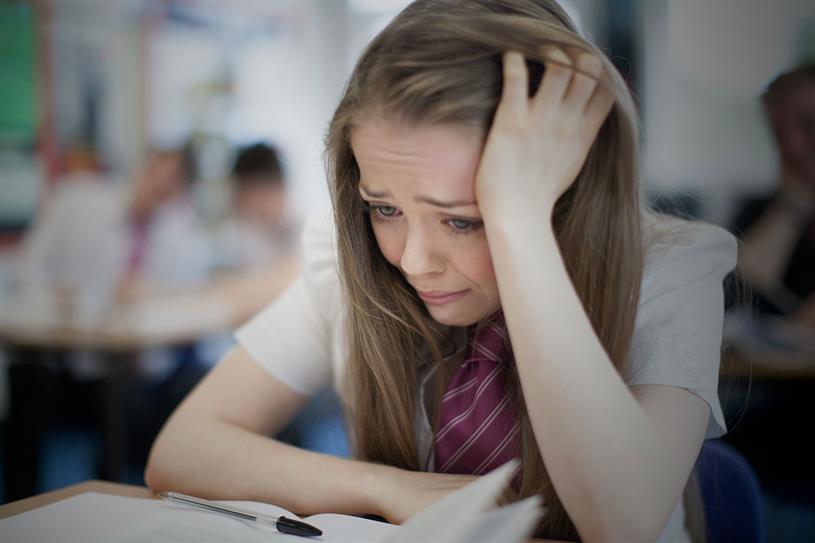STOP SEXUAL HARASSMENT AND SEXUAL EXPLOITATION
Women deserve respect, not to be treated like a sex object!
SEXUAL HARASSMENT
Sexual harassment in schools is defined as “unwanted and unwelcome
behavior of a sexual nature that interferes with the right to receive an
equal educational opportunity” (Stein). This could be as simple as a
classmate catcalling a fellow student or as extreme as a classmate
raping a fellow student. Catcalling is defined as an unwanted comment
that offends the individual to whom the catcall was targeted. Females
are the main focus because “not only were girls more likely than boys to
say sexual harassment caused them to have trouble sleeping” and “not
want to go to school” but also “change the way they went to or home from
school” (Hill and Kearl). The education of sexually harassed females is
at risk because female students feel vulnerable and powerless.

SEXUAL EXPLOITATION
Sexual exploitation is defined as “an act or acts committed through
non-consensual abuse or exploitation of another person’s sexuality
for...sexual gratification, financial gain, personal benefit or
advantage, or any other non-legitimate purpose” (SHARE). Sexual
exploitation happens because “children and young people are often
tricked into believing they're in a loving and consensual
relationship...They may trust their abuser and not understand that
they're being abused” (NSPCC).

IMPACTS
Additionally, the psychological and emotional impacts of experiencing
sexual harassment in schools include feelings of embarrassment,
self-consciousness, low self-confidence, fear, confusion, and doubt about
whether they could ever have a happy romantic relationship” (Hostile
Hallways). According to studies done by Ormerod, Gådin, Hammarström,
Lichty, and Campbell, when girls experience sexual harassment they are
reminded “of the gender-power imbalance that exists in most societies”
(Qtd in Hill and Kearl, Ormerod et al., 2008; Gådin & Hammarström, 2005;
Lichty & Campbell, 2011). This may cause girls to normalize sexual
harassment and think it is “no big deal” it is just part of being a female
(Hill and Kearl). Moreover, schools do not take appropriate action against
offenders of sexual harassment which causes students to rebel and walk
“out of their classes in protest” (Schmidt). This is not a new issue, in
fact, as of “1993, eight in 10 students (81 percent) report having
experienced some form of harassment in their school lives” (Hostile
Hallways).


